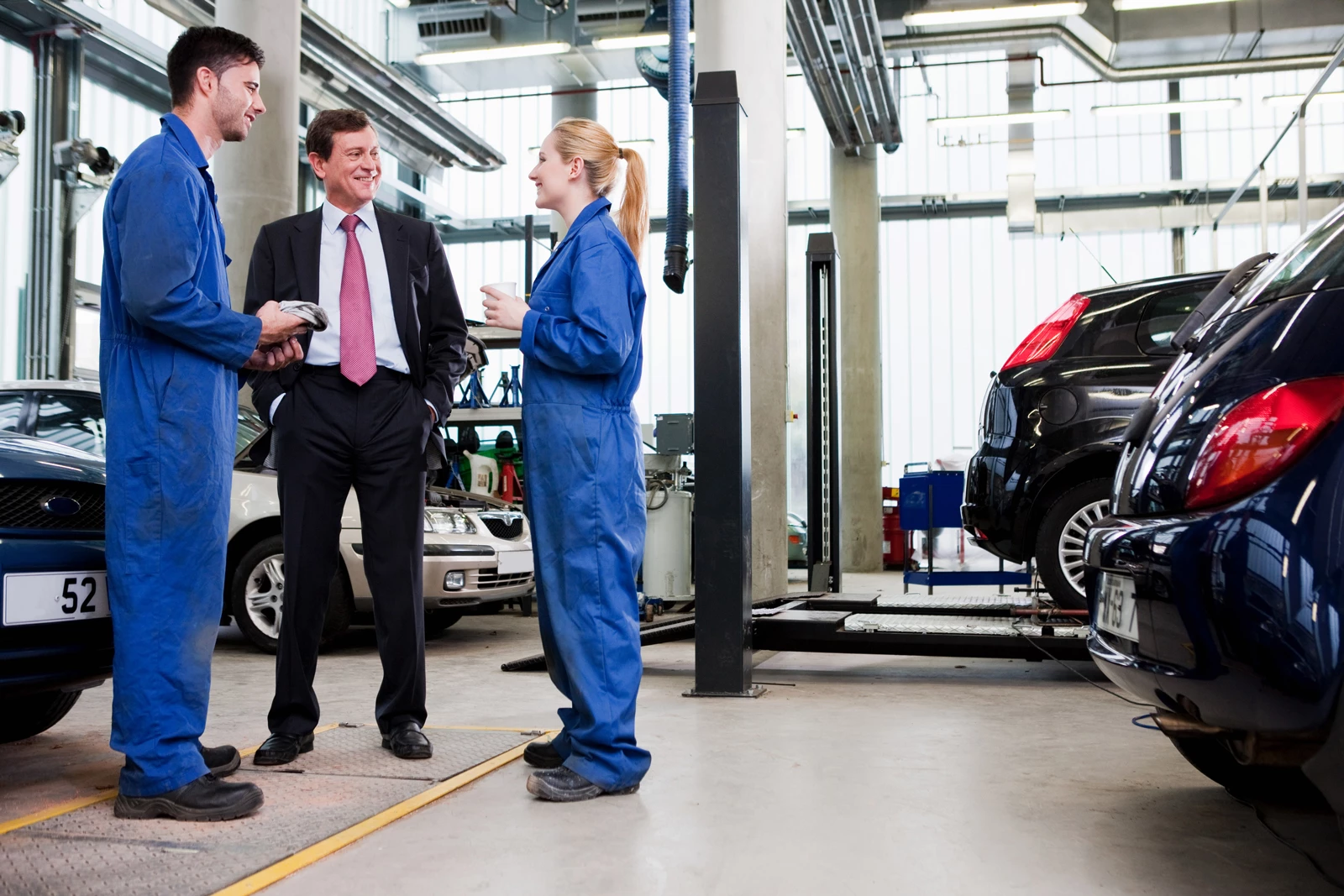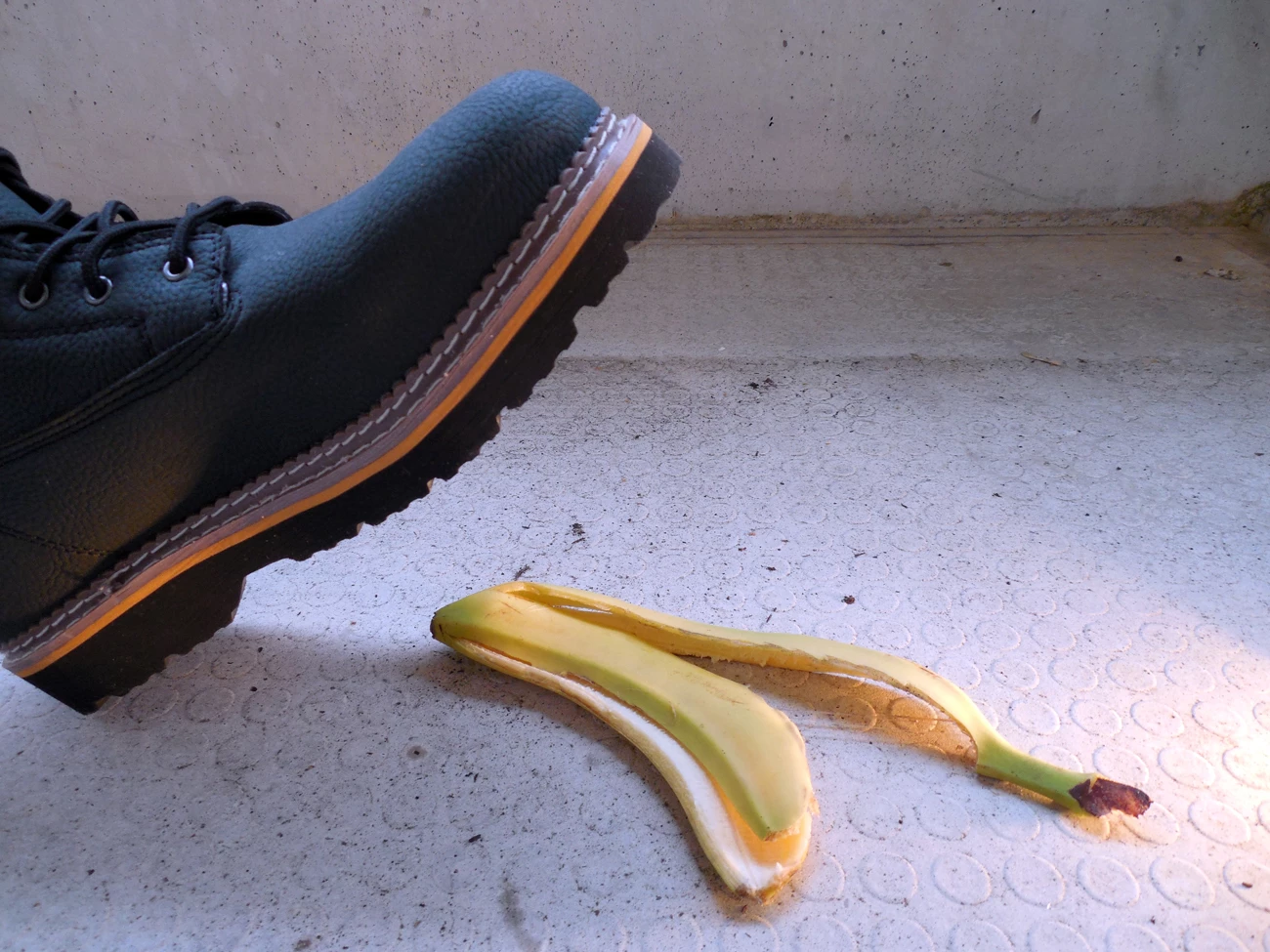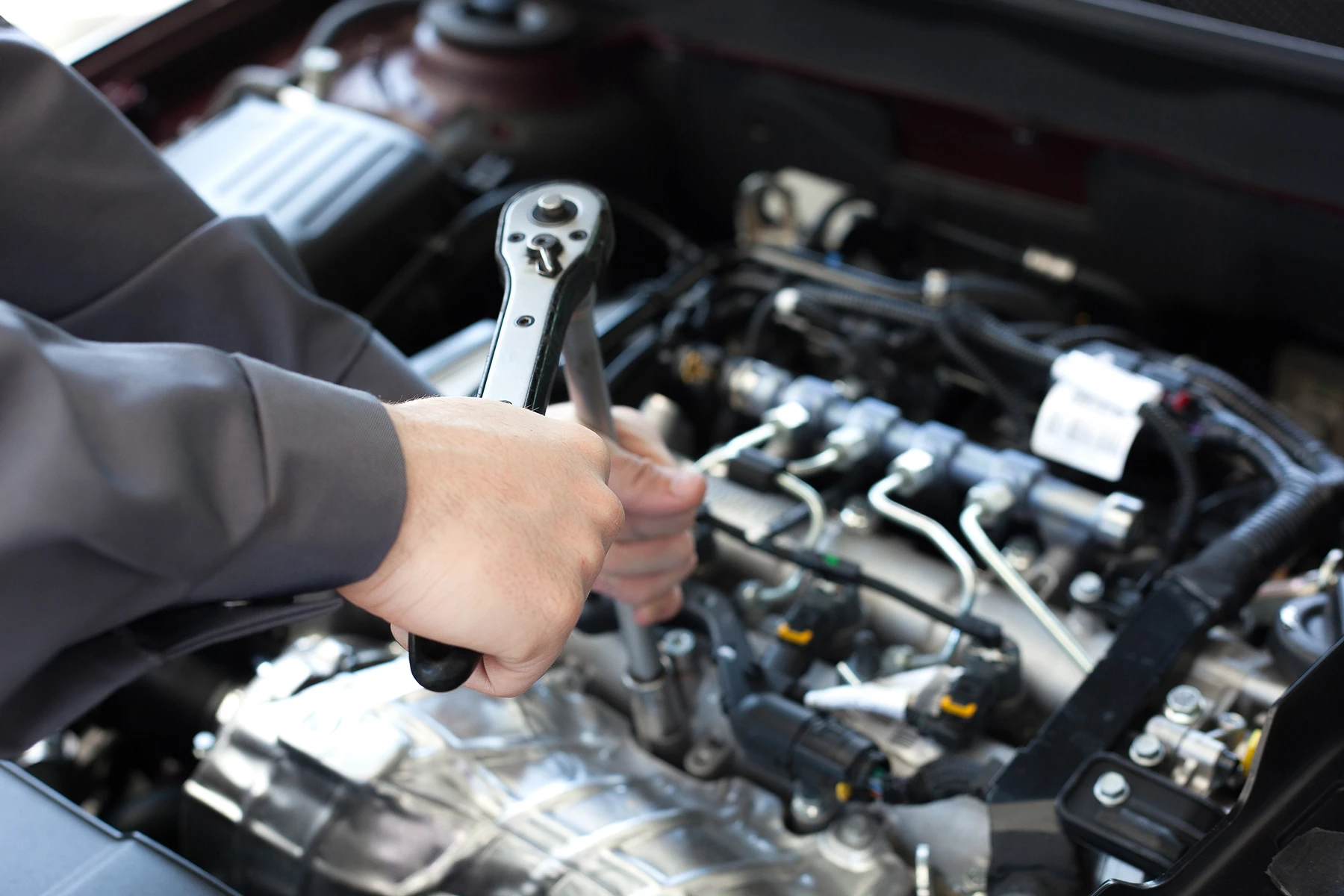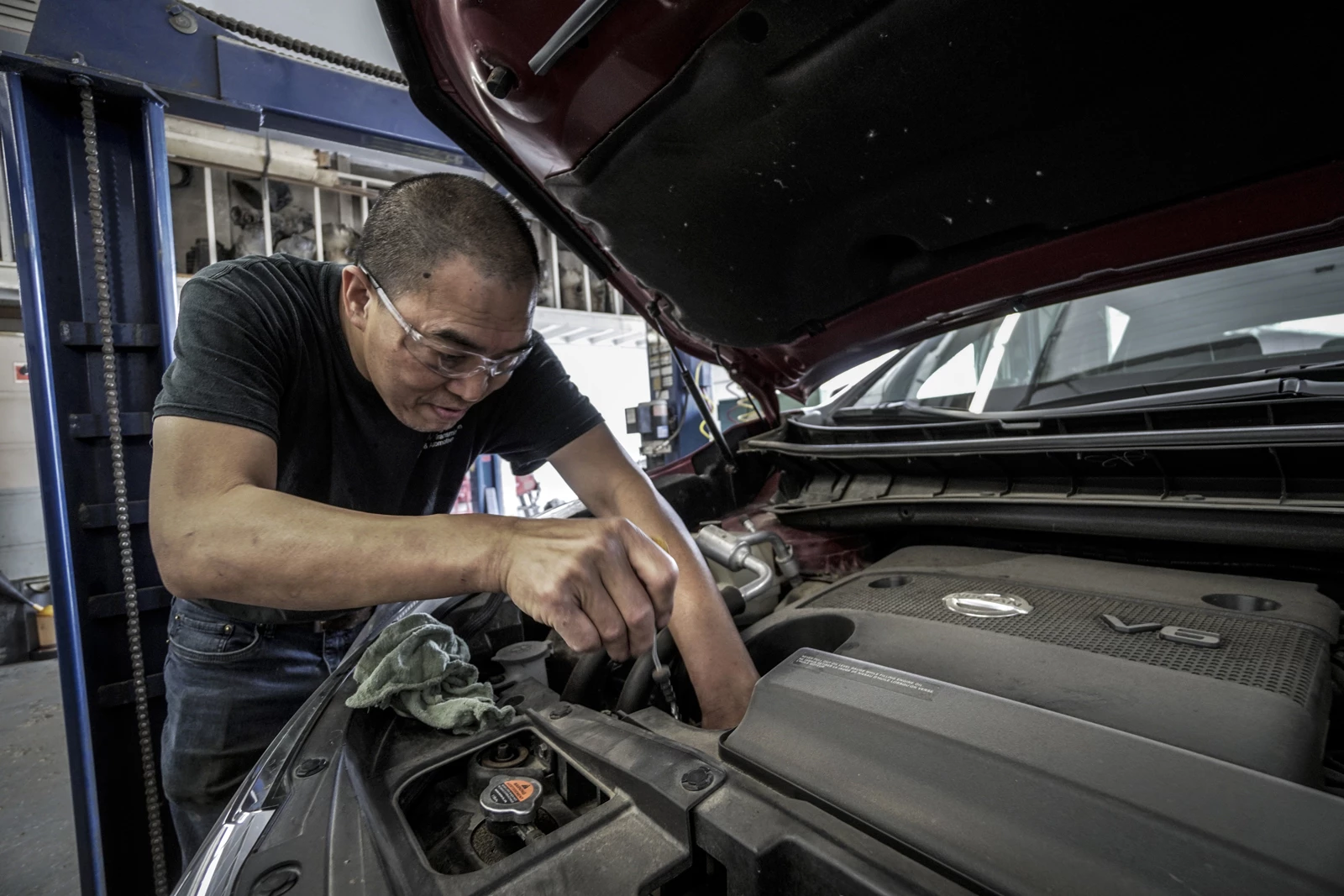08/01/2020 | Category: Commercial Insurance

We all know that certain jobs are riskier than others. Firefighters, police officers, tree surgeons or high-rise window cleaners may be among the first professions that spring to mind – not a vehicle repair technician.
But as it turns out, working in a vehicle repair workshop is actually one of the most dangerous jobs in the UK. According to the Health and Safety Executive (HSE), the industry group ‘wholesale, retail, motor repair; accommodation and food’ recorded the fifth highest number of fatalities in 2018/19.
There were 18 deaths in this sector group in 2018/19, seven of which were in wholesale and retail trade of motor vehicles, which includes vehicle repair. The four riskier industry groups were construction; agriculture, forestry and fishing; manufacturing; and transportation and storage.
More HSE data shows that in the past five years, there have been 33 deaths and more than 7,000 injuries in the motor vehicle repair (MVR) industry. So, what are the top risks in the workshop? And what can be done to prevent related accidents?
Before we share our best practice for vehicle repair workshop safety, have you checked that you’ve got adequate cover for your business? Insurance Choice can set you up with a motor trade insurance policy tailored to the unique needs of your company. This can include cover for mechanics, valets, full and part-time traders, and road risk insurance.
What are the main risks in a vehicle repair workshop?
With inspiration from a HSE guide and example risk assessment, let’s take a look at some of the top risks and how you can protect yourself, your staff and business against them.
Risk: Slips and trips
Workshops are full of tools, equipment and other objects which, if left in the wrong places, could lead to slips and trips – which could result in hospital trips and long periods of time off work. Slips and trips are actually the most common risk in vehicle repair workshops.
How to control the risk:
- Clear away tools straight away after use and encourage staff to do the same.
- Provide non-slip floor surfaces where appropriate and wear slip-resistant footwear (note this won’t protect against oil spillages).
- Clear oil spillages immediately and repair damage to the floor.
- Make sure any water, snow or ice from cars is cleaned up immediately.
- Encourage everyone to clear up after themselves – but never ignore a spillage made by another person.

Risk: Falling objects (car lift/jack failure)
There’s a real risk of objects falling from cars while mechanics are working underneath them. Worse still, car lifts or jacks could fail, with potentially fatal consequences.
How to control the risk:
- Refrain from using any vehicle lift, lifting plant/equipment or compressors unless they have a certificate of inspection and have been thoroughly examined by a competent person.
- Never leave vehicles unbraked when on the lift.
- Only use jacks where the ground is firm, level and stable. Axle stands should be used once the car is lifted from the ground.
- Don’t exceed safe working loads.
Risk: Falls
Falls actually account for the largest number of fatalities and serious injuries in vehicle repair workshops. These include falls into inspection pits or from raised storage areas, ladders or HGV and trailer units.
How to control the risk:
- Provide suitable access to allow people to safely work from a height.
- Take all necessary precautions to prevent falls into pits.
- Inspect ladders, platforms, scaffolding and steps on a regular basis and make a note of your findings. Don’t use equipment you deem to be unsafe.
- Do not let people climb up racking to access parts.

Risk: Accidents through manual handling
Lifting, moving and carrying heavy and/or bulky items can lead to a number of accidents if the appropriate precautionary steps aren’t taken. Manual handling should be a last resort when no other option is possible.
How to control the risk:
- Offer mechanical aids where necessary, such as trolleys for gas cylinders and engine hoists, ensuring all staff are trained on how to use them.
- Ask your team if they have any practical solutions to handling problems.
- Never let someone struggle.
- Make sure your team feel confident asking for help to move heavy, bulky and/or awkward objects.
Risk: Fire and explosion
A vehicle repair workshop is full of fuel and other flammable materials that must be treated with respect. Incidents related to fire and explosion are often caused by the mishandling of fuel, grinding or welding near fuel tanks or other flammable materials, or the misuse of flammable liquids like degreasers.
How to control the risk:
- Use a proprietary fuel retriever/adaptor when draining petrol from lines and tanks, ensuring that both the car and retriever are earthed.
- Ensure flammable liquid have their lids on at all times when they aren’t being used.
- Store flammable liquids in a safe place, either in a storeroom or open air.
- Keep gas cylinders outside if possible. If not, store in a safe and ventilated areas indoors.
- Do not smoke or weld while petrol is being removed from vehicles.
- Only store up to 50 litres maximum of flammable liquids in the workshop at any one time.
- Refrain from spraying flammable liquid paints in the workshop or in any area where there is a risk of fire/explosion.

Risk: Skin disease
Dermatitis – aka skin disease – is up to seven times more common among mechanics compared with the average UK worker. The chemicals in things like two-part glues, fillers and sealants are to blame for mechanics developing the disease.
Materials like oils, solvents and fuels can also cause dermatitis through irritating or drying out the skin. To protect against this risk, you should follow this three-step process:
- Avoid contact, for instance use local exhaust ventilation (LEV) for sanding, and automatic dispensers for two-part glues.
- Protect your skin with latex gloves (choose single-use, nitrile or low-protein, non-powered), the mildest effective skin cleaner and after-work creams.
- Check for signs of skin disease, encourage staff to report any concerns and nominate a person to conduct regular checks.
These tips will help to protect your and your staff at your vehicle repair workshop – don’t forget to protect your business with motor trade insurance from Insurance Choice.
Get a quote today!
